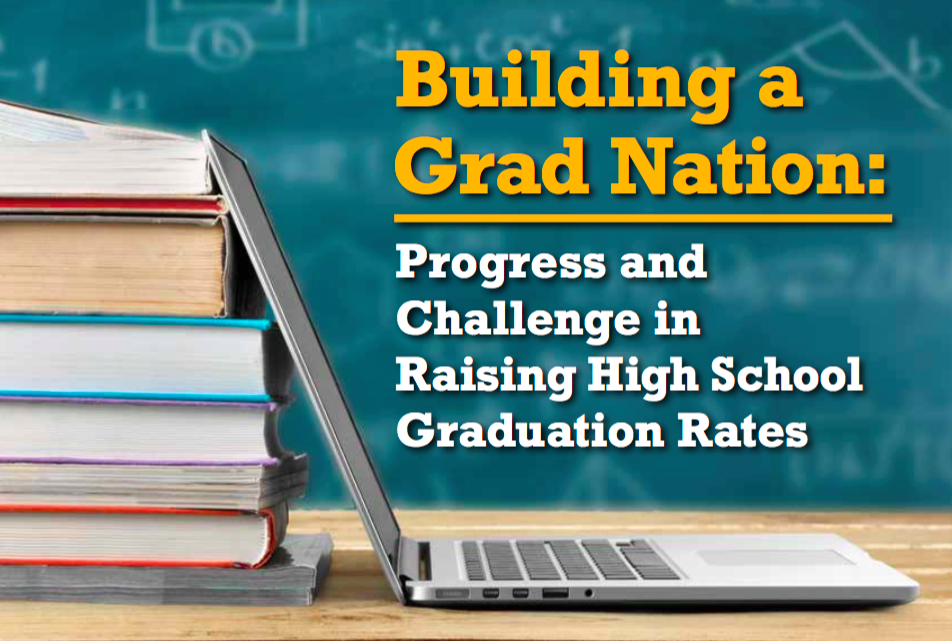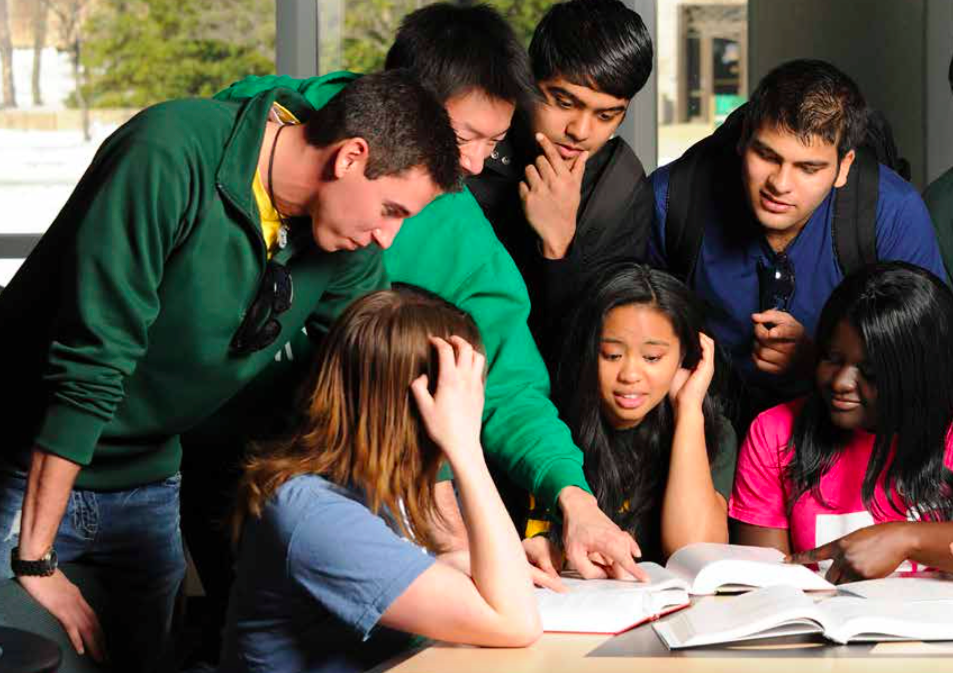Nonprofit leaders working to raise the nation’s high school graduation rate say it’s an economic imperative, and they say out-of-school-time (OST) partners play an important role.
This was part of the message at the Aspen Institute early in May, where the latest report on high school graduation was released by the Alliance for Excellent Education and America’s Promise Alliance.
“This country doesn’t move ahead unless we all move ahead,” Bob Wise, former congressman, former governor of West Virginia and current president of the Alliance for Excellent Education, said at the event.
Wise took part in a panel discussion after the presentation of the report, “Building a Grad Nation: Progress and Challenge in Raising High School Graduation Rates,” produced by Civic Enterprises and the Everyone Graduates Center of Johns Hopkins University.
Wise told the panel that 99 percent of jobs created since Great Recession went to people who had earned more than a high school diploma.
A higher graduation rate would be an economic driver, he said.
If the class of 2013 had a 90 percent graduation rate, those students would be creating 65,000 new jobs when they reach the labor force, Wise said.
“They’re going to create through their disposable income 65,000 more jobs and almost $2 billion in federal and state tax revenue,” Wise said.
The partnership of groups that produced the GradNation report has the goal of a 90 percent graduation by 2020.
But schools cannot accomplish this alone; communities must work together, panelists said.
Jennifer DePaoli, senior research and policy advisor at Civic Enterprises, was the lead author of the report.

She said community involvement is needed in the campaign to raise graduation rates for two reasons:
- Community organizations provide valuable resources that schools don’t have access to, particularly schools in high-poverty areas.
- Community organizations can also focus consistently on their goal, while schools are constantly asked to do many different things.
DePaoli said OST groups can provide specific elements that kids need to keep them engaged and on track to graduate: “They can provide caring adults in students’ lives. Having that social and emotional support is really big.”
Organizations can also engage students through opportunities such as internships and mentorships.
They provide academic support to kids, and they can be better than schools at engaging families, DePaoli said.
For example, the parents of English language learners may not speak English and may not feel as comfortable dealing with the school as with a community organization.
“Parents may be intimidated into coming into the school,” she said.
Good news and bad news
The nation’s overall graduation rate is at an all-time high of 83.2 percent of students, according to the GradNation report. But the bad news is that graduation rates are so unequal.
A significant number of high schools with disadvantaged students are graduating only about 60 percent of their students. The number of these schools has been cut in half since 2002, but they still have 900,000 students enrolled, according to the report.
Two-thirds of the students in low-graduation-rate schools are black or Latino. Across the nation, the graduation rate for black and Latino students is significantly lower than that of white students.
“We need a real breakthrough on equity if we are going to get more young people across the graduation stage over these next few years,” John Gomperts, president and CEO of America’s Promise Alliance, said in a statement.
































